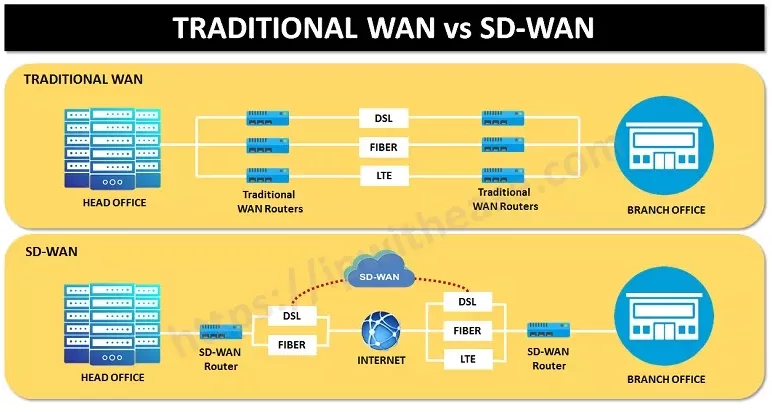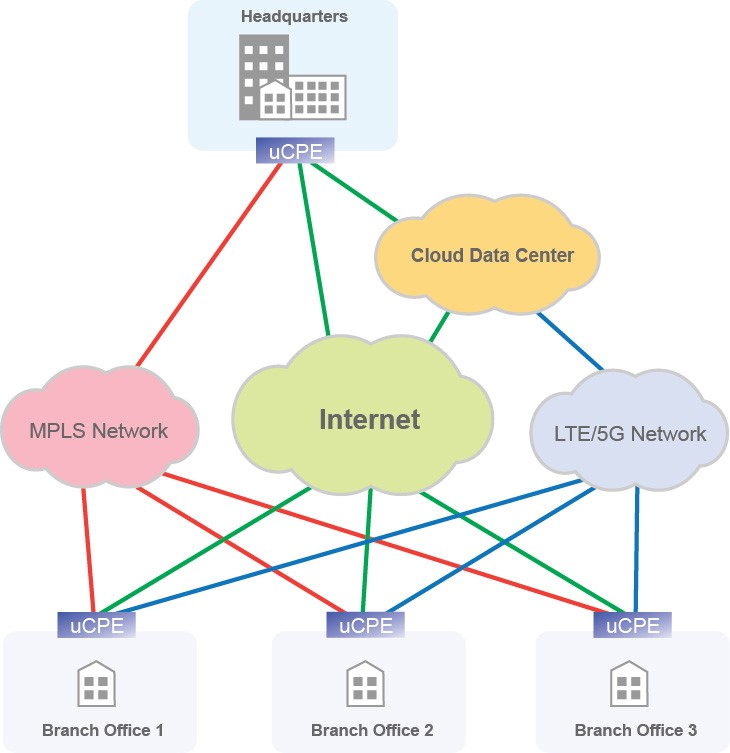Transform Your Network with SD-WAN
Edge-Computing Solutions
Accton is actively developing open, software-defined network (SDN) platforms to serve as a foundation for next-generation networks as more software services continue to migrate to the cloud. A key aspect of this development is transforming traditional WAN networks into more flexible and scalable software-defined WANs (SD-WANs).
⭐️ TRUSTED BY TIER-ONE OPERATORS, DATA CENTERS, AND ENTERPRISES WORLDWIDE ⭐️
SD-WAN and How it Differs From Traditional WANs
Experience the power of next-generation networks with Accton’s SD-WAN solutions

Cost-Effectiveness and Flexibility
Flexible hardware platform with performance scaling, virtualization and security acceleration variations

Multi-Support
Common hardware design with agile computing, networking, memory and storage configuration options

Secure and Reliable
Support advanced features such as VxLAN, MPLS, QoS, and redundancy for reliable service.
From Traditional WAN to SD-WAN
Most traditional WANs use Multiprotocol Label Switching (MPLS) networks to link remote sites to a central data center in what is essentially a private, static architecture. These networks are expensive and complex to set up and operate, and are known to be networks lacking flexibility and scalability. SD-WANs employ the concept of abstraction to define software capabilities that are independent of the underlying hardware, enabling software services and applications to run over various networks and bring a high level of flexibility and agility. Rather than just replacing existing MPLS networks, SD-WANs operate as an “overlay” on all old and new network links, delivering the secure, reliable business-grade performance that organizations demand.
SD-WAN Solutions
Accton’s open, software-defined network solutions offer a line of flexible SD-WAN/uCPE appliances that can function as middle to high-level network computing hardware platforms. These devices are based on NXP ARMv8 processors that deliver high-performance general computing power, network virtualization, crypto engines, and high-bandwidth network throughput that can support demanding NFV services. The platforms are truly open, either install an available operating system and application software that suits your needs, or build your own customized security device that represents a solid future-proof investment




